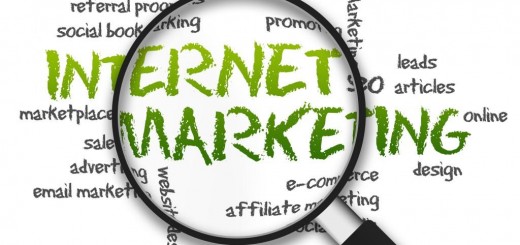Marketing automation: six case studies and an infographic on how it improves sales and revenue
So read on to find details of the six case studies, or for more information check out our blog post on how marketing automation works and why it’s important for marketers.
And if you’re considering investing in some new technology, make sure to download our Marketing Automation Buyer’s Guide 2013.
Targeting segments through email
In this case study invite and stationery specialist PaperStyle.com used marketing automation to set up a series of emails tailored to customers that were planning a wedding.
Paper Style was able to follow each bride through the various stages of wedding planning and offer relevant products to match their needs.
The programme saw the following results:
- 244% higher open rate than average.
- 330% increase in revenue per mailing.
Acteva achieves $2m in incremental gross revenue
Online registration service Acteva began using marketing automation software in order to improve the targeting behind its campaigns, as well as gain a better ROI.
The software allowed Acteva to be more agile in its marketing initiatives and quickly create personalised marketing messages.
For example, in one campaign it set up customised landing pages, emails and lead nurturing campaigns for 65 different audiences. The programme was successfully launched in 40% of the time and at 30% of the cost.
Overall Acteva can build email marketing campaigns four to five times faster than before, which equates to around $400,000 savings per year.
The business achieved 350% marketing ROI and 100% annual growth in areas where marketing automation was implemented, and delivered $2m in incremental gross revenue.
Software company increases revenue by 178%
Software company Opsview offers two variants of its IT product – a free community version and a subscription-based enterprise version.
It implemented marketing automation software to handle leads coming into the website and identify those who would always use the free version versus those who might be interested in the enterprise product.
These leads then received customised messages depending on where they were in the purchase funnel.
According to Opsview one of the most important outcomes was that the automation software complemented Google Analytics and the CRM to provide an “end-to-end view” of the sales and marketing funnel.
As a result of implementing marketing automation:
- Opportunities in the CRM increased 95% quarter-over-quarter.
- Pre-qualified leads increased 30% on the previous quarter.
- Volume of leads pursued by sales increased by 55% on the previous quarter.
- Bookings in the form of revenue increased 178%.
McAfee increased lead to opportunity conversion rate 4x
McAfee began using marketing automation software as although its marketing efforts brought in a huge number of leads at the top of the funnel, the sales team was concerned that the leads weren’t of a good enough quality.
Marketing automation allowed McAfee to implement a lead scoring system and create a a segmented nurturing programme that gave prospects the right information at the right time in the buying process.
This greatly improved the quality of the leads that were passed onto the sales team.
As a result of this new automated system:
- The number of leads reduced by 35% but overall quality improved.
- Lead to opportunity conversion rate increased four-fold.
- Alignment between sales and marketing greatly improved.
Thomson Reuters increased revenue from marketing leads by 175%
Thomson Reuters is another example of a business that used marketing automation to improve its targeted messaging.
Email marketing was producing a high number of leads but not all were of the highest quality, so sales had begun running their own lead generation activities.
Marketing automation technology enabled Thomson Reuters to realign the sales and marketing teams, improve segmentation and targeting through a system of lead scoring, and create ideal customer profiles.
As a result of using the new software:
- The number of leads sent to sales increased by 23%.
- Lead conversion time dropped by 72%.
- The amount of revenue attributed to marketing leads increased by 175%.
Salesforce gains 10,000 leads
In order to increase its visibility in the UK Salesforce launched a new strategy that included elements of search, social and a content marketing.
To achieve its goals the marketing team created six user profiles and assigned each one to a different stages of the purchase cycle in order to optimise its content strategy.
As a result of automating the process:
- Traffic increased by 80%.
- Traffic from social sites increased by 2,500%.
- Salesforce’s ebooks were downloaded more than 10,000 times, resulting in the same number of leads.
And finally…
A useful infographic detailing Monarch’s use of marketing automation to improve its email performance.




